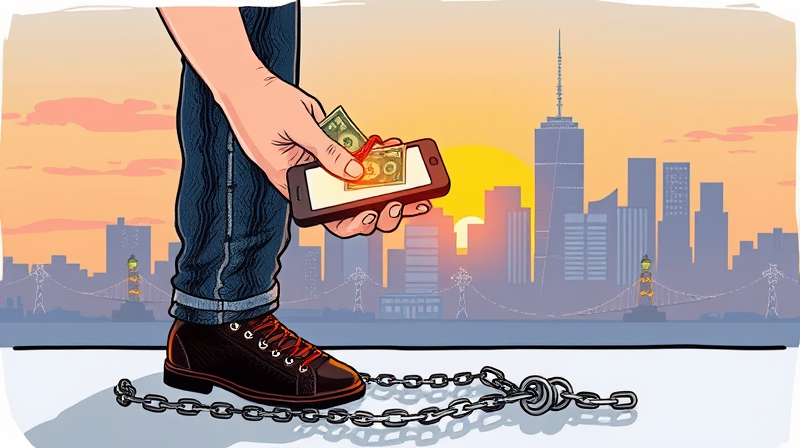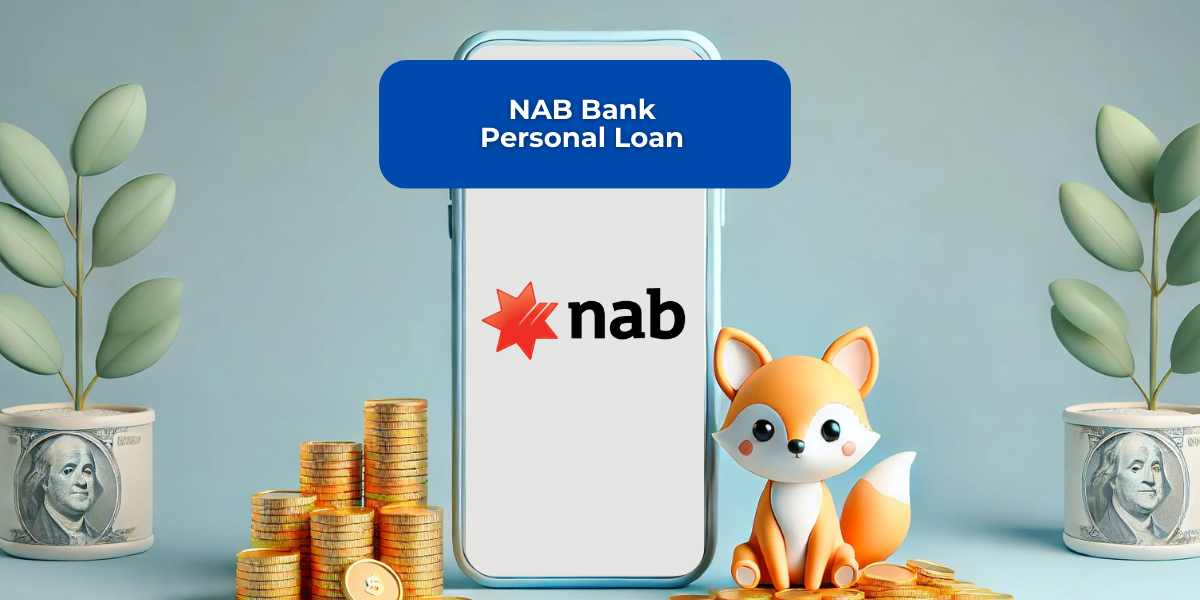Co-signing a loan can feel like an act of generosity, a way to help someone you trust achieve an important goal. Yet, beneath that noble gesture lies a complex web of financial and legal responsibilities. Before you commit, it’s crucial to understand exactly what you’re signing up for and how it might affect your future. This guide offers a comprehensive look at the risks, rewards, and strategies that will empower you to make a wise decision.
Understanding Co-signing
When you co-sign a loan, you become equally responsible for repayment alongside the primary borrower. Essentially, you’re providing a guarantee to the lender: if the borrower cannot pay, you will step in.
This role is not passive. You’re legally bound to fulfill the full debt obligation if payments stop, and lenders treat co-signers as though they are primary borrowers. That means any misstep on the borrower’s part could land squarely on your credit report and bank account.
Types of Loans You Can Co-sign
- Student loans for higher education expenses
- Auto loans for purchasing a vehicle
- Home improvement or personal loans
- Credit card agreements requiring a guarantor
- Mortgage loans for home ownership
Virtually any credit arrangement can require a co-signer when the primary borrower lacks sufficient credit history or income. Knowing the loan type helps you assess its duration, interest rate, and conditions.
Financial Risks of Co-signing
The most glaring danger of co-signing is full financial responsibility for the loan. If the primary borrower misses even one payment, you must cover it to avoid late fees, penalties, or a default status.
- The initial hard credit inquiry may temporarily lower your credit score.
- The loan’s history appears on your credit report, so missed payments damage your credit.
- Negative entries can linger for up to seven years, affecting future borrowing.
Co-signing also inflates your debt-to-income ratio, a metric lenders use to evaluate your borrowing capacity. A higher ratio could disqualify you from future mortgages, auto loans, or other credit applications.
Should the borrower default entirely, you could face collections calls, legal action, wage garnishment, or asset liens. Under federal rules, debt collectors may pursue the co-signer before attempting to collect from the primary borrower.
Relationship Considerations
Financial ties can strain even the strongest bonds. Watching a loved one miss payments may lead to frustration, anger, or guilt. Over time, these tensions can erode trust and create long-lasting rifts.
Discuss expectations openly. Agree on a plan for making payments and communicating regularly. A clear understanding now can prevent stress on personal relationships later.
Before You Co-sign: Essential Steps
Preparation is your best defense against unexpected challenges. Follow these steps to protect yourself:
- Assess your own budget: ensure you fully understand the terms and can cover payments if needed.
- Ask the creditor to quantify your maximum liability should the loan default.
- Negotiate terms that limit your risk, such as a co-signer release clause.
- Request notifications for any missed payment or account status change.
- Obtain and review your own copy of every loan document before signing.
- Research state laws to know what rights and protections co-signers have where you live.
Taking proactive steps not only safeguards your finances but also sets clear expectations for both parties involved.
Benefits of Co-signing
Despite the hazards, co-signing offers meaningful advantages when managed wisely. You may enable someone to secure financing they otherwise couldn’t obtain, kickstarting important life milestones like education, a vehicle purchase, or home improvement.
Timely payments can build positive credit history for both parties, improving borrowing profiles. And when you help someone achieve their goals, you often gain deep personal satisfaction and strengthen your relationship.
Weighing Pros and Cons
A clear comparison can guide your decision. If the benefits outweigh the risks for both parties, co-signing can be a rewarding gesture. Otherwise, consider alternatives.
Alternatives to Co-signing
If the risks feel too high, explore other options:
- Encourage the borrower to build credit history with a secured credit card or credit-builder loan.
- Offer a smaller loan directly on agreed terms, without formal co-signing.
- Ask if a collateral-based loan is available, reducing reliance on a co-signer.
- Discuss joining forces on a joint account, where each party’s credit is equally considered.
By thinking creatively, you may find solutions that protect both your finances and your relationships.
Conclusion
Co-signing a loan is a powerful commitment that carries deep financial and emotional weight. Before you sign any document, weigh your potential liability against the rewards, understand every clause, and communicate openly with the primary borrower. If you follow the steps outlined here, you’ll be equipped to make a decision that safeguards your credit, preserves your relationships, and fosters genuine support for the person you’re helping.
Ultimately, co-signing can be a testament to trust and care—provided it’s approached with full awareness and thorough preparation.
References
- https://www.nerdwallet.com/article/loans/personal-loans/co-signing-a-loan
- https://www.equifax.com/personal/education/loans/articles/-/learn/cosigning-loans-pros-cons/
- https://www.experian.com/blogs/ask-experian/pros-and-cons-of-cosigning-a-loan/
- https://www.businessinsider.com/personal-finance/mortgages/co-sign-mortgage
- https://www.creditkarma.com/debt/i/cosigning-loan-pros-cons
- https://www.incharge.org/understanding-debt/family/need-know-co-signing-loan/
- https://www.bankrate.com/loans/personal-loans/im-a-loan-co-signer-what-are-my-rights/
- https://consumer.ftc.gov/articles/cosigning-loan-faqs










